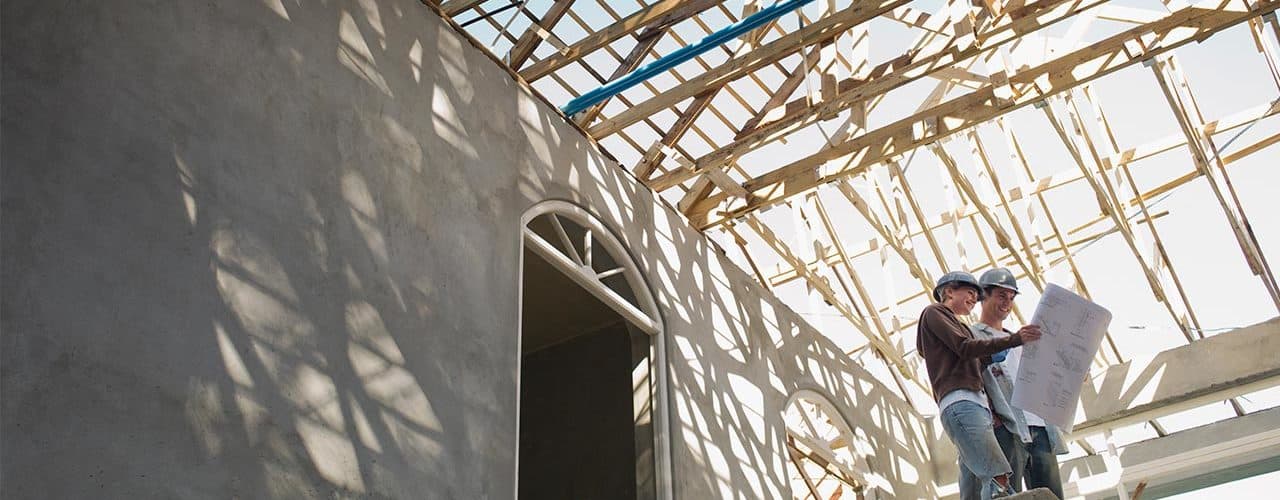Owning your home is the American dream. However, when times are tough, it can be extremely difficult to make that dream come true. While tighter lending standards make it hard to buy anything affordable, it can be even more difficult to build a home. There are, however, tips and tricks that you can use to maximize your chances of getting a construction loan. There are also alternatives that can be looked at that may help you finance new home construction in a less traditional way.
Construction Loan
Getting a construction loan is the most common way to finance new home construction. Like most lending products, however, construction loans are getting harder to qualify for. The requirements are stricter and your credit score will be crucial. When you go into a bank or lending institution to apply for a construction loan, you will need to have all your income and debt documentation on hand. The bank may require you to adjust your debt-to-income ratio before issuing the loan. In addition, be aware that most construction loans are meant to have a very short-term life. This means that the terms and interest will not be suitable for keeping for very long. Some construction loans may defer these aspects for a period of six months to a year. However, if you leave the loan active longer than that, the interest can become debilitating. It’s best to build the home with the construction funding and then roll it into a long-term note with good rates, terms and fees.
Home Equity Line
Because it can be so hard to get construction funding during an economic downturn, many people are looking for alternatives to traditional funding plans. Many people are finding that they can turn their existing home equity into a way to finance new home construction. This technique will, of course, depend on how much available equity that you have in your current home or property. This works best for those that own their home, as equity may only be released up to a certain percentage; rarely can you borrow the entire appraised value of your home. A home equity line is great for new construction if you have a steady financial foundation. Otherwise, you could risk losing both homes to foreclosure if something goes awry. Closing costs are lower for this alternative method of financing new home construction. It’s also a good idea to have a fairly solid indication that your existing home will sell or rent once the construction is complete to avoid being left with more of a balance than you can handle.
Turnkey Financing
If you have looked into standard construction funding and are having trouble qualifying, you aren’t necessarily stuck buying an existing home on the market. It is possible to work directly with a contractor who can obtain their own construction funding, rolling the final mortgage into your pre-approved funding. If you can buy a home with your financial background, and can find a contractor willing to carry this, the option is available. This scenario does, however, seem to be more readily available when the market it booming. After all, there is less of a risk if something goes awry if the contractor can turn around and sell the home to another buyer. If you do decide to go this route, keep in mind that this is a contract and you will be held accountable for the agreements that you make with your contractor. They have put their own finances on the line to work with you, so respect that position and be honest and easy to work with.
<>







